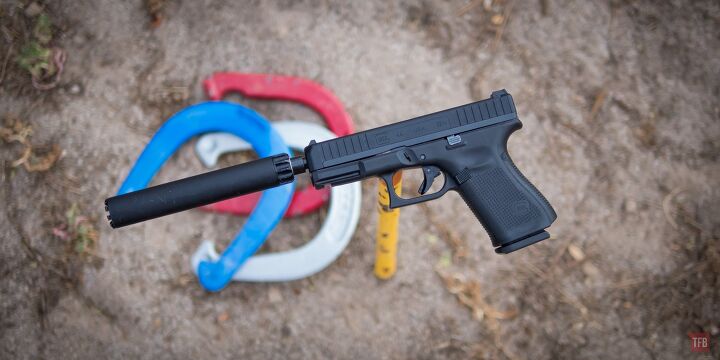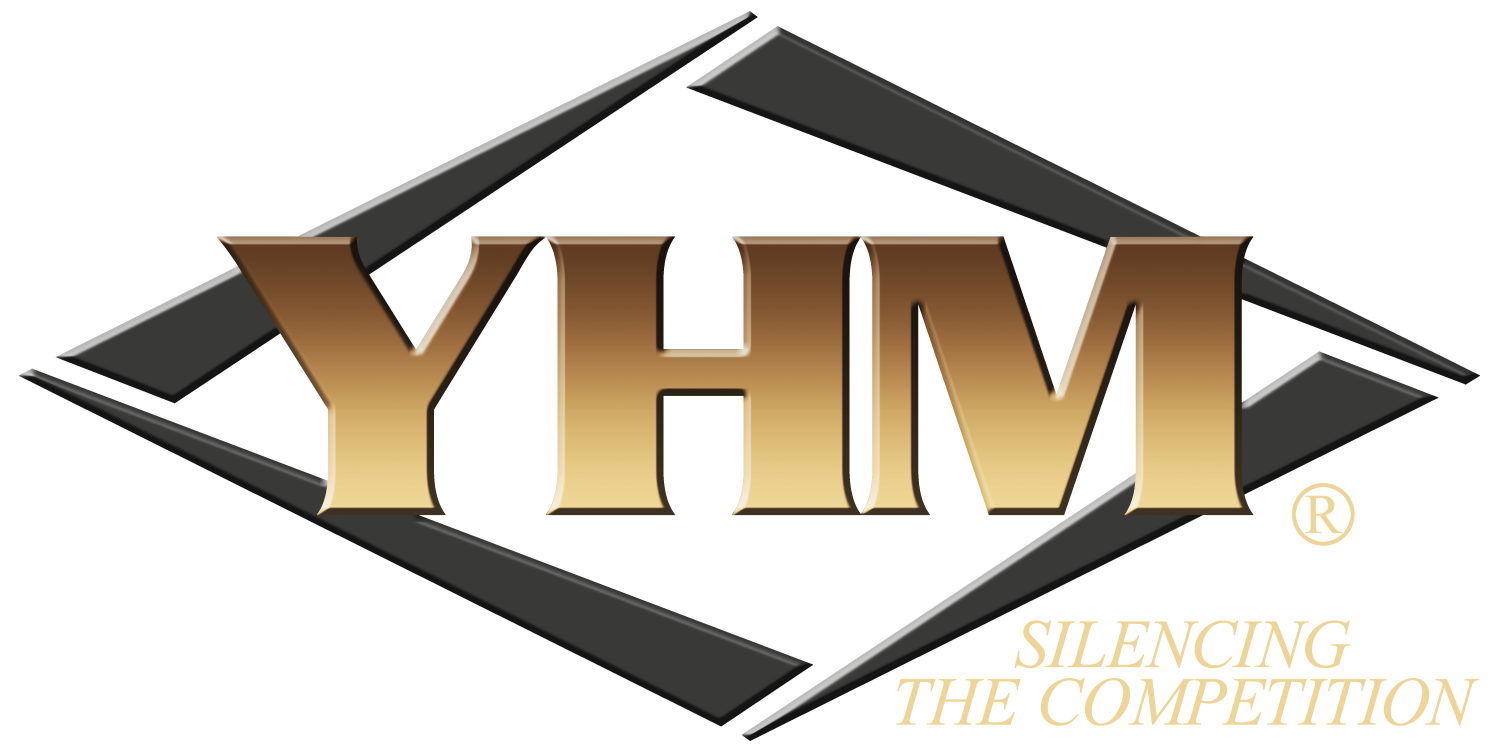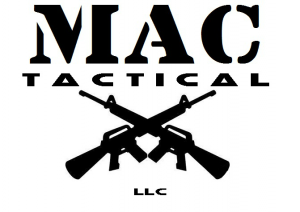Good evening quiet lovers and welcome back to the late edition of TFB’s Silencer Saturday brought to you by our friends at Yankee Hill Machine, manufacturers of the Stinger rimfire suppressor. Last week we discussed the pros and cons of modular silencers – they absolutely have a place in your armory, you just need to be realistic about your intentions. This week we are going to talk about the wonderful world of rimfire silencers and why everyone should own at least one. Why? Because suppressed rimfire shooting is one of the easiest and cheapest ways to induce smiles. I won’t tell you about the hardest and most expensive ways to induce a smile (we aren’t that type of blog).
SILENCER SATURDAY #134: Everyone Needs A Rimfire Suppressor
The benefit list for rimfire shooting is long: inexpensive ammunition, inexpensive hosts, low recoil, good for instruction and new shooters and, when properly suppressed, quiet. Very quiet. The best bang for your buck in the suppressor world is a well-performing rimfire model. Paired with the right host and the right ammunition, a suppressed rimfire setup is as close to perfectly silent as you can get. But how do you pick the right can?
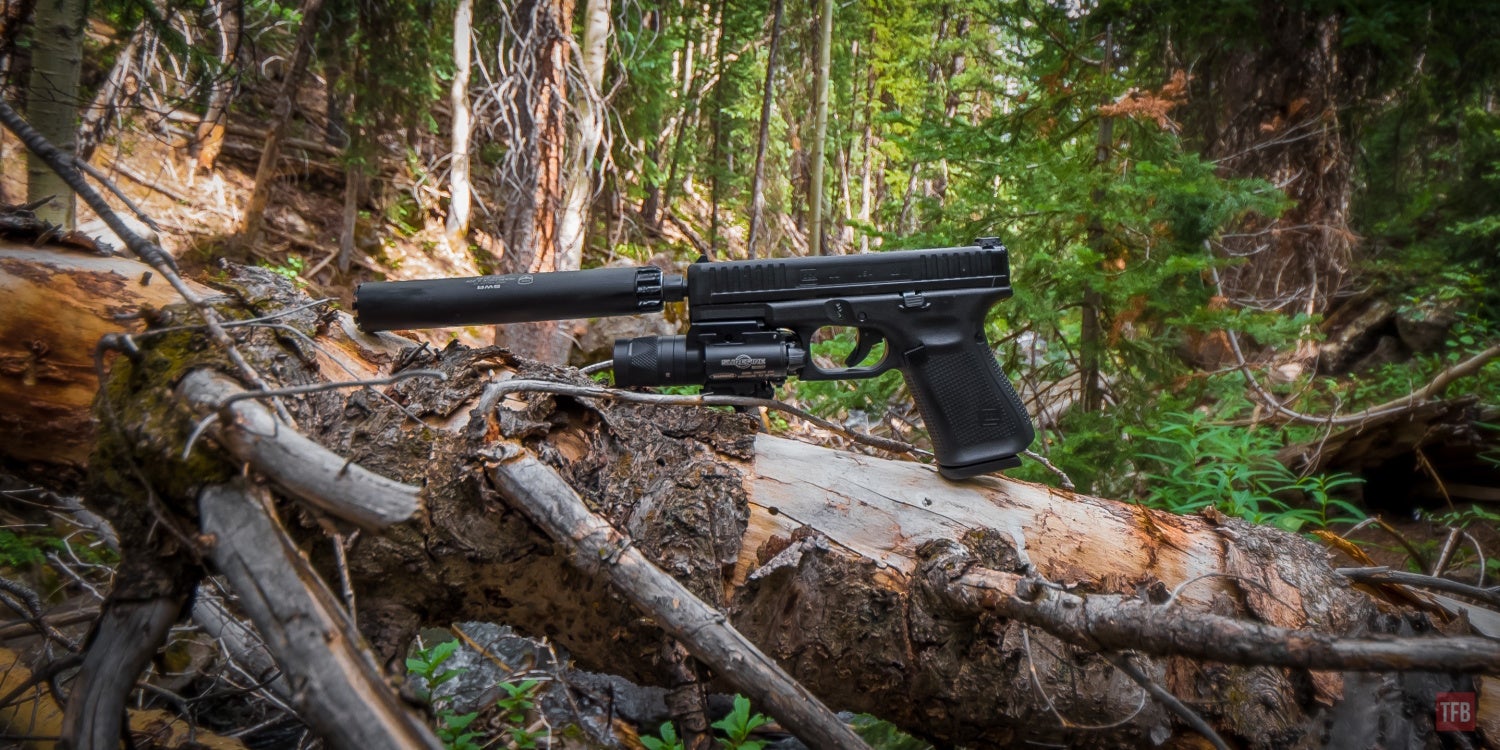
SILENCER SATURDAY #134: Everyone Needs A Rimfire Suppressor
Rimfire Suppressors – Manufacturer/Model List (July 2020)
First off, there are a lot of options on the market and I am sure that I have forgotten one off the below list. Picking one is tricky – but there are a few ways to evaluate which one is right for a specific application.
- AAC Element 2 – $479
- AAC Halcyon – $450
- Bowers USS – $499
- Bowers Paradigm – $299
- Bowers Bitty – $325
- CGS Hydra – $299/$499
- CGS Siren – $399
- Dead Air Mask – $449
- Griffin Armament Optimus Micro – $549
- Griffin Armament Resistance 22 – $395
- GSL Technology Woodland – $290
- GSL Technology Tomcat – $388
- Innovative Arms Slingshot 22 – $399/$489
- Innovative Arms Slingshot Micro 22 – $399/$489
- OSS Rad 22 – $449
- Q El Camino – $425
- Q Erector – $449
- Rex Silentium SEG – $289/$349
- Rex Silentium MG22 – $389
- Rugged Oculus – $499
- Ruger Silent SR – $449
- SIG Sauer SRD22X – $480
- SilencerCo Sparrow – $450
- SilencerCo Switchback – $499
- SilencerCo Warlock – $323
- SureFire Ryder 22 – $469
- TacSol Aeris Micro – $297
- TacSol Ascent22 – $360
- TacSol Axiom – $465
- Thunder Beast Arms Takedown 22 – $395
- Thompson Machine – Varies
- Yankee Hill Machine Stinger – $355
All rimfire suppressors available at Silencer Shop here.
Rimfire Suppressor Considerations
Cost:
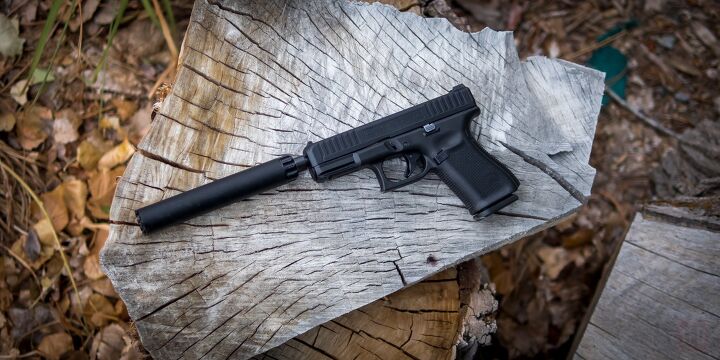
SILENCER SATURDAY #134: Everyone Needs A Rimfire Suppressor
Priced around $200 to $400 retail, rimfire cans are fairly inexpensive. Of course, paying a tax that is equal to the amount of the item that you are buying is never fun (Repeal the NFA). The type of materials will drive the price in either direction as well as modularity. Lastly, caliber and rates of fire ratings are also tied to pricing, but mostly because of the materials and engineering required to withstand heavier punishment.
Construction/Materials:
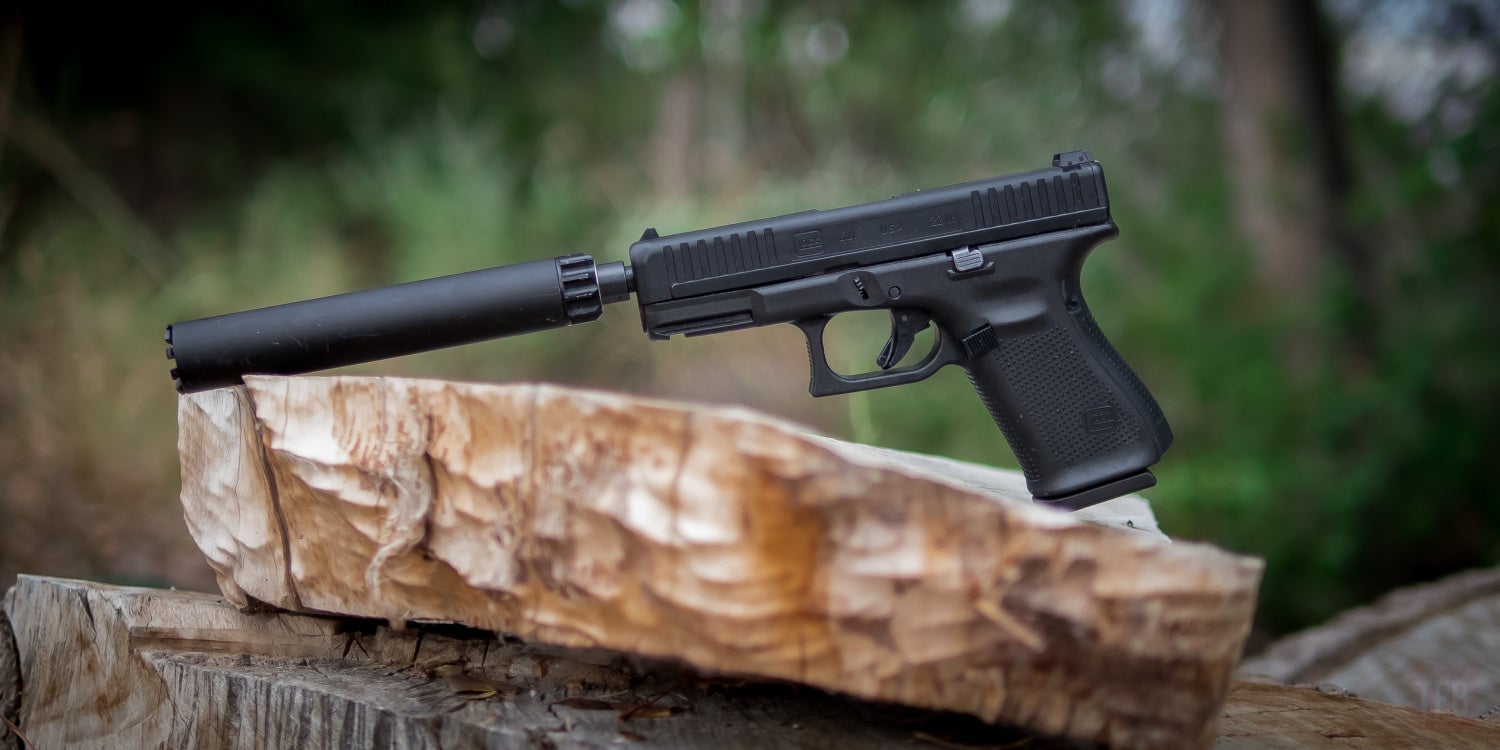
SILENCER SATURDAY #134: Everyone Needs A Rimfire Suppressor
There are two main designs of rimfire suppressors: monocore and baffle stacks. Obviously, both are built to slow and cool expanding gasses to reduce the noise of the report. Depending on the way the monocore is designed (a single structure of wavy slats), it can result in a higher level of first round pop. However a monocore suppressor can be easier to disassemble and clean. Baffle designs generally tend to be the quieter of the two types, depending on hosts, ammunition and other factors. Most quality rimfire cans will be built in a way that shields the debris and deposits from shooting dirty rimfire – after a few thousand rounds a rimfire silencer can get pretty caked up.
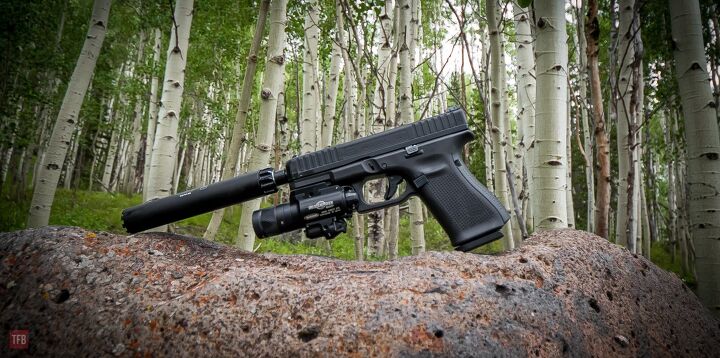
SILENCER SATURDAY #134: Everyone Needs A Rimfire Suppressor
As for materials, in general aluminum, steel alloys and titanium dominate the available models. Although there are some unique options like carbon fiber and polymer versions available. Keep in mind that cleaning a rimfire suppressor can sometimes be a chore (it honestly doesn’t bother me) and some materials like aluminum don’t react well to solvents, ultrasonic cleaners or the dangerous dip method of cleaning. A two ounce aluminum silencer sounds great, unless you hate cleaning and shoot a lot of rounds. Choose wisely.
Size/Weight:
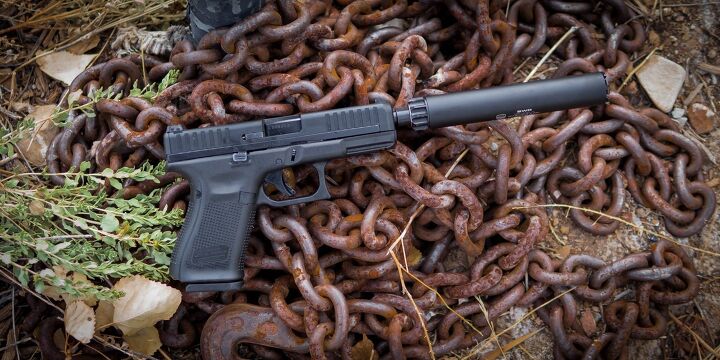
SILENCER SATURDAY #134: Everyone Needs A Rimfire Suppressor
Depending on your host firearm and your style of shooting, the size and weight of a rimfire silencer can be very important. For example, a bench rest rifle shooter who prioritizes noise reduction above all else should probably opt for a five inch model with weight considerations as an afterthought. On the other hand, for unique hosts like pocket pistols where size is more important than noise reduction, a two or three inch aluminum suppressor, possibly with a wipe, is most likely the best choice.
Modularity:
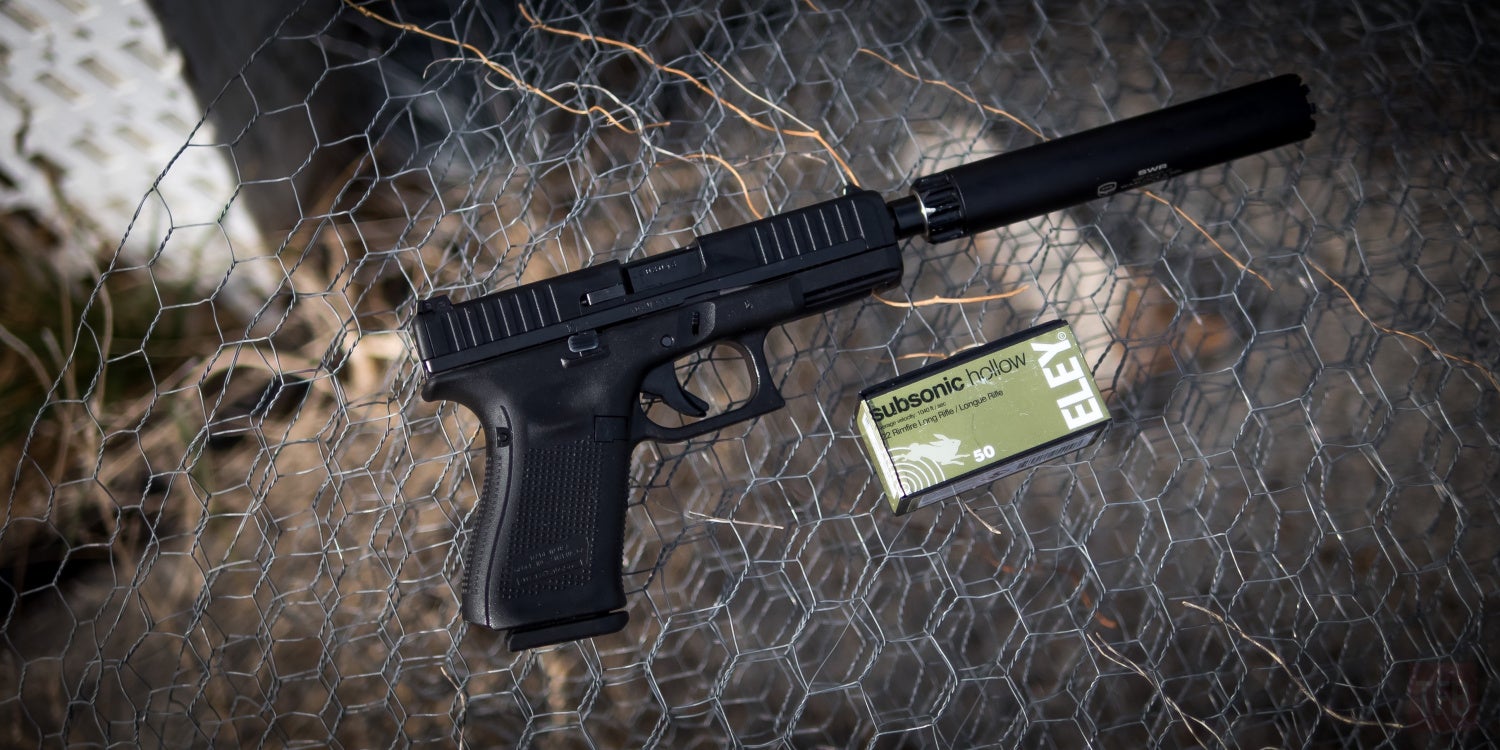
SILENCER SATURDAY #134: Everyone Needs A Rimfire Suppressor
Which leads us to modularity. As we discussed last week, rimfire silencers are one of the categories that can benefit the most from a variable-length design. A compact squirrel hunting rig in the morning and full-size reduction in the afternoon, all with a single tax stamp.
Conclusions:
There are a variety of other considerations that may be important when picking out a rimfire suppressor – point of impact shift, mounting options, wipe options and more. My advice is to buy the quietest rimfire silencer possible for your first purchase. You are certain to buy more shortly afterwards and those can have some of the other features or exotic materials we discussed. Believe me, everyone should own at least one rimfire suppressor.
Sorry for the late night episode. Be safe and we’ll see you back here next weekend.
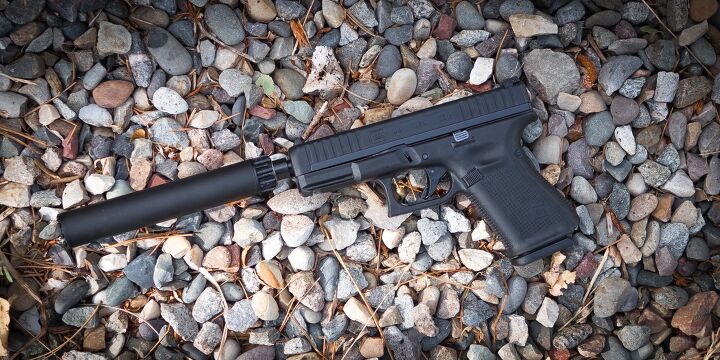
SILENCER SATURDAY #134: Everyone Needs A Rimfire Suppressor
Silencer Saturday is Sponsored by Yankee Hill Machine:
Buy YHM silencers and accessories at:
Silencer Shop – Hansohn BrOthers – dead eye gun supply –
Mac tactical
All YHM Products At Brownells
DEALERS: If you want your link to buy YHM suppressors included in future Silencer Saturday posts, email: silencers@thefirearmblog.com
 Your Privacy Choices
Your Privacy Choices
